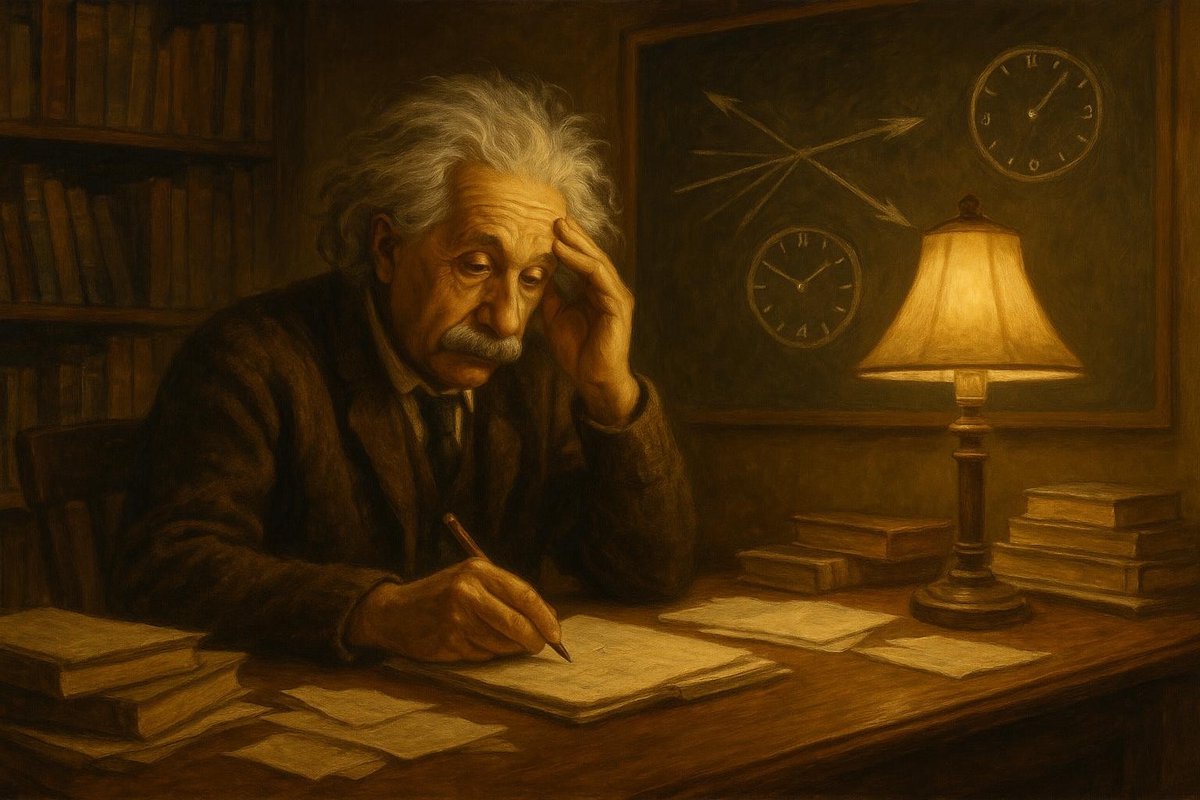
In the early 20th century, Albert Einstein embarked on a quest that would redefine our understanding of the universe: to unlock the mysteries of space and time. With the power of imagination and a keen sense of curiosity, Einstein developed thought experiments that would lead to one of his most profound revelations—the relativity of simultaneity. How could seemingly simple concepts like clocks and light hold the key to such a groundbreaking realization? Let’s delve into the fascinating journey of Einstein’s mind.
Einstein’s Imaginative Approach to Understanding Reality
Albert Einstein was not your typical scientist equipped with labs full of equipment. Instead, he relied heavily on thought experiments—a powerful tool in his intellectual arsenal. But why was imagination so important to him?
- He often envisioned scenarios that challenged conventional wisdom, allowing him to explore the boundaries of physical laws.
- For instance, he imagined riding alongside a beam of light, questioning how it would appear to a moving observer.
Interestingly, many people believe that these mental exercises allowed Einstein to bypass the limitations of experimental physics at the time. As he explored these thought experiments, he began to see how the fundamental concepts of space and time were not as absolute as previously thought. Of course, this set the stage for a new understanding of simultaneity.
The Puzzle of Simultaneity and Moving Clocks
One of Einstein’s pivotal breakthroughs came from considering how different observers perceive simultaneous events. How does movement affect their perception?
- Einstein imagined two observers, one on a moving train and another on the platform, watching two lightning strikes.
- To the observer on the train, the strikes wouldn’t appear simultaneous due to the train’s motion.
This thought experiment led Einstein to conclude that simultaneity is relative, depending on the observer’s frame of reference. It’s no wonder that this simple yet profound realization shifted our entire understanding of time and space. As time goes on, this concept continues to intrigue scientists and philosophers alike, highlighting the power of imagination in scientific discovery.
Light Clocks and the Nature of Time
To further probe the mysteries of time, Einstein introduced the concept of a light clock. But how could such a device reveal the secrets of time dilation?
- He proposed a clock that measures time by the bouncing of light between two mirrors.
- When observed from a stationary point, the light travels a straight path, but to a moving observer, the path appears diagonal.
This simple notion demonstrated how time appears to slow down for a moving observer compared to a stationary one. It’s fascinating that a mere light clock could show how time itself is not constant but rather fluid and relative. This insight laid the groundwork for the development of the special theory of relativity, reshaping our conceptual understanding of time.
Real-World Implications and Continuing Influence
Einstein’s revelations about simultaneity weren’t just theoretical musings—they have practical implications. But what are some real-world examples?
- Global positioning systems (GPS) must account for time dilation to maintain accuracy, as satellites experience relativistic effects.
- Similarly, high-speed particle accelerators must consider these principles to correctly predict particle behaviors.
As Einstein’s theories continue to permeate modern technology, it’s clear that his thought experiments were not only imaginative exercises but also crucial to scientific progress. This influence shows that our understanding of the world is forever intertwined with his visionary ideas, influencing disciplines beyond physics and into the realms of philosophy and technology.
In conclusion, Einstein’s thought experiments with clocks and light were more than just intellectual exercises; they were catalysts for a revolution in scientific thought. By questioning the nature of simultaneity and time, Einstein opened the door to a new understanding of our universe—a legacy that continues to inspire and intrigue us.
Fuel Someone Else’s Curiosity
If you found this exploration of Einstein’s thought experiments as fascinating as we did, why not share it with a friend? Spark a conversation and see where your curiosity takes you next!

Leave a Reply